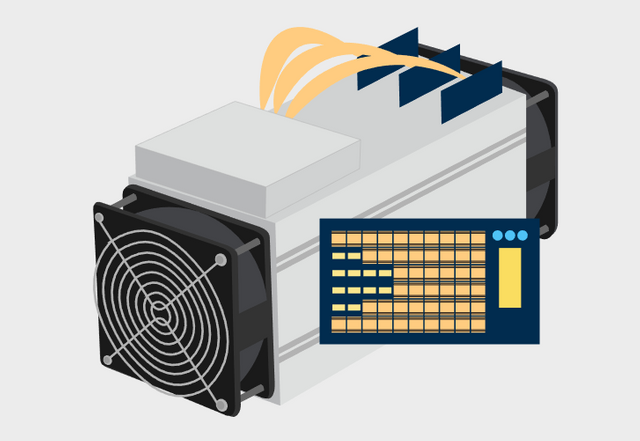My first Attempt to Compare 2018 CPU Mineable Cryptocurrencies – Part I
After setting the key feature, ASIC resistance cryptocurrencies and mixing it up with my CPU only mining results, I remember I could not sleep last night thinking of which currencies would satisfy my search. I gathered a list of famous, profitable and known CPU mineable coins -of course, I only wanted the known ones, somehow this aspect offered me some confidence. Out of the list, I started to further understand the following four ones:
- Monero (XMR): 2014
- Electroneum: 2017
- BiblePay: 2017
- Webchain: 2018
Monero, my first newbie attempt, is highly famous and with a relatively high price, compared to those coins that could be mined with GPU or ASICs. Wikipedia suggested that this coin had only received an attack and it was mostly due to a failure on the algorithm it is based on “CryptoNote”. Everything was really fine until I found out that it was defined as a secure, private and untraceable currency system, which although sounds fancy and many people are interesting about it, I am not. Monero uses a special kind of cryptography to ensure that all of its transactions remain 100% unlinkable and untraceable. As a matter of fact, this was my first crypto broken heart, I was so into Monero XMR because of its confirmed CPU friendliness, but I couldn’t forget about my second point, I liked traceable coins, as I had mentioned the importance it represents when starting a new economic activity. Maybe this could change in time, but so far it’s a priority.
I then looked into my second option: electroneum, I confirmed it was aCPUu mineable coin and I found out it offered a mobile mining app, it had a big and active community, their APP was available in 20 languages, meaning their support team was also available in 20 languages. By reading different articles I found out they had a very successful ICO – a concept I was not highly familiar with. They were able to gather USD 40 million during their ICO, which was absolutely fantastic. Sadly, electroneum was an exact fork of monero, their technicality was highly questioned on different forums, so with this one I had both and untraceable cryptocurrency and a non-technically supported coin. Yes, I also wondered what those $40M were for if not to hire devs and more qualified people. Why would a crypto project launch a crowdfunding campaign – as an ICO – if not to invest in new and qualified staff?
- One thing I was sure at this point, marketing was another decisive aspect of a coin, mostly because it pretty much defined how the price would fluctuate in a short/long term. I came to check out Monero’s Development plan by having a look into their roadmap – let’s take a moment to point out that roadmaps have paramount importance, as in any other project, having a look at the roadmap allows us to foresee the future performance of this project and determine whether it is profitable to invest time and the processing power of your computer.
Summarizing, I had already learned about two new CPU minable and ASIC resistant coins, it wasn’t hard to discover that cryptocurrency mining for beginners was not an extraterrestrial topic, I could pretty much handle it. I now knew that besides ASIC resistance and CPU only mining, I had to care about two other important factors: ICO performance and marketing strategies. It was pretty much a fact that those CPU mineable cryptocurrencies always started with relatively low prices, so if these two stages of the project had not been successful, then the price was likely to drop in future. I am unable to describe how smart I felt.

✅ @rocketag, I gave you an upvote on your first post! Please give me a follow and I will give you a follow in return!
Please also take a moment to read this post regarding bad behavior on Steemit.
Congratulations @rocketag! You received a personal award!
You can view your badges on your Steem Board and compare to others on the Steem Ranking
Do not miss the last post from @steemitboard:
Vote for @Steemitboard as a witness to get one more award and increased upvotes!